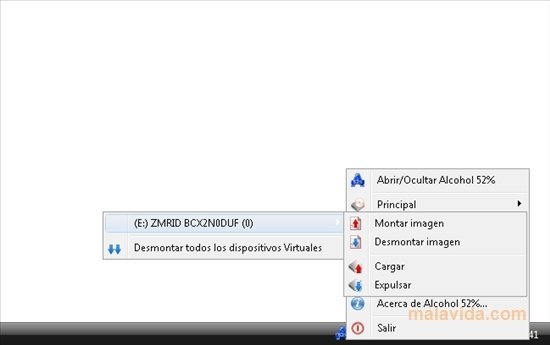
There is no evidence that this reduces morbidity or mortality. Undue emphasis on a need for reduction of fever in children has led to possible overuse of both paracetamol and ibuprofen, often in combination. High temperatures in children cause parental anxiety and this is a common reason for seeking medical attention. The use of antipyretic medications to achieve a reduction of temperature in children with febrile illness is a controversial area. 5ĭosing, indications, practical prescribing issues and controversies in children However, the decline in temperature was more rapid in children treated with ibuprofen or ibuprofen and paracetamol in combination. While the study did not include a placebo arm, axillary temperature began to decline in the paracetamol group within a few minutes of administration. 5 In one study, axillary temperature was recorded every 30 s. Fever responds quickly and it typically takes just over 1 h to resolve fever in febrile children between 6 months and 6 years of age (a mean of 71 min). The clinical effects of oral paracetamol suspension in children often appear to be very rapid in clinical practice. Analgesic activity is produced by the fraction that penetrates into the brain, possibly by an action upon serotonergic pathways.

3 It rapidly crosses the blood–brain barrier to the central nervous system one report found peak cerebrospinal fluid levels in children after 57 min when administered intravenously. Paracetamol is widely distributed in the body throughout the majority of body fluids and has a relatively large volume of distribution, which is largest in the preterm infant and reduces with maturity until it reaches adult levels at about 1 year.

However, unlike the selective COX-2 inhibitors, paracetamol does not suppress the inflammation of rheumatoid arthritis. It is a weak inhibitor of the synthesis of prostaglandins having clinical effects that are similar but not identical to selective cyclooxygenase-2 (COX-2) inhibitors. Overdose may result in irreversible hepatotoxicity, which can be fatal.ĭespite its ubiquitous usage and a wealth of data on the clinical effects of paracetamol in children and adults, the precise biological mechanism of action remains elusive. Its long-term use tends to deplete glutathione stores, which can enhance toxicity in overdose. Unlike opioid analgesia, there is no dependence or tolerance seen with paracetamol, but there is a ceiling effect on analgesia and once this is achieved higher doses do not have an increased effectiveness. 1 It may also be given by intravenous infusion or per rectum when it is most commonly used for the short-term treatment of moderate pain, particularly after surgery, and for persistent fever. Oral paracetamol is used in children for mild-to-moderate pain and fever, including postimmunisation fever. An understanding of its pharmacology can significantly increase the apparent effectiveness and safety of this useful medicine. It also has a weak anti-inflammatory action. Its mechanism of action is not fully understood but it is known to inhibit prostaglandin synthesis and is highly selective for cyclooxygenase enzymes in the central nervous system. Its short-term safety and efficacy are well established and it is readily available for purchase over the counter.


It is used widely by parents and health professionals and it has analgesic and antipyretic effects. Paracetamol (internationally known as acetaminophen) is the most common medicine encountered in paediatric practice.


 0 kommentar(er)
0 kommentar(er)
